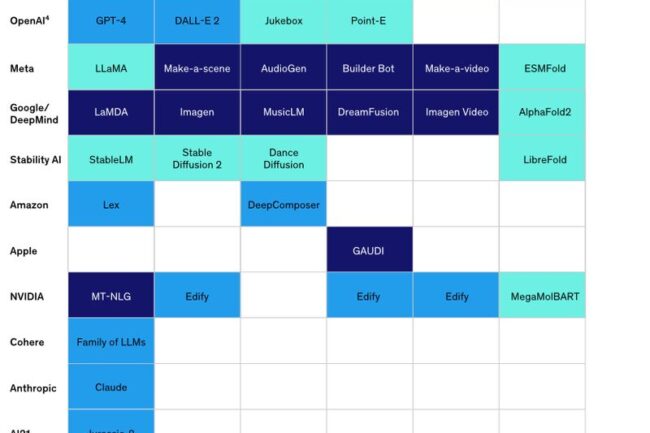When we speak of America as a manufacturing nation, it’s not just about the steel, cars, or technology we produce. It’s also about our exceptional ability to manufacture world-class entertainment.
In 2007, the writers’ strike resulted in a shift, filling the void with reality TV, a pale Xerox of our high-quality scripted content. This downgrade came at a cost, both in terms of cultural value and industry standards. However, we’re now seeing a recovery, thanks to massive investments in quality streaming content.
The Alliance of Motion Picture and Television Producers plays a critical role in this landscape. Their negotiations and deal points will shape the future of our entertainment industry, and they deserve our full support. <—
Consider the dynamics between the traditional broadcast TV model and the evolving streaming model. In the former, writers typically produce 22 scripts per season, with royalties based on performance. Streaming series, often less than 10 episodes, offer less upside for writers.
This discrepancy is just one of the many nuanced deal points that need to be addressed moving forward.
Another crucial issue is the role of AI and generative content. Given the potential impact on the industry, it’s no surprise that this has become a significant sticking point. We need to learn from the protracted conflict of 2007, a dance of a thousand cuts that left studios, writers, and viewers all suffering.
If the current negotiations drag on, we could be faced with a rise in creator TV or other lower-quality substitutes for well-produced and written narratives, causing pain points across all stakeholders.
Today, Hollywood stands at the crossroads of Digital Pennies Drive and High Production Costs Avenue. It is a tough neighborhood. Streaming services are vying to lock-in audiences and market share, all while grappling with escalating costs. As we navigate this intersection, it’s crucial that we strike a balance that maintains the quality of American entertainment while ensuring fair compensation for its creators.



 The speaker continued, “Well, that kind of stopped me dead. I don’t know who writes these things, but this is a very interesting one. So I immediately drew a two-by-two table – ‘want’, ‘not want’, ‘have’, ‘not have’. Of course, we think about what we want that we have, what we want that we don’t have, what we don’t want that we have. But rarely do we ever think about what we don’t want and what we don’t have. So, I like to use this example to point out that if the correlation between ‘wants’ and ‘haves’ is some notion of happiness, and because that ‘don’t want, don’t have’ cell is so large, we’re actually a lot happier than we think we are.”
The speaker continued, “Well, that kind of stopped me dead. I don’t know who writes these things, but this is a very interesting one. So I immediately drew a two-by-two table – ‘want’, ‘not want’, ‘have’, ‘not have’. Of course, we think about what we want that we have, what we want that we don’t have, what we don’t want that we have. But rarely do we ever think about what we don’t want and what we don’t have. So, I like to use this example to point out that if the correlation between ‘wants’ and ‘haves’ is some notion of happiness, and because that ‘don’t want, don’t have’ cell is so large, we’re actually a lot happier than we think we are.”
“This includes recent work relating to dark patterns and native advertising. Among other things, it should always be clear that an ad is an ad, and search results or any generative AI output should distinguish clearly between what is organic and what is paid. People should know if an AI product’s response is steering them to a particular website, service provider, or product because of a commercial relationship. And, certainly, people should know if they’re communicating with a real person or a machine.”
https://lnkd.in/e-kMV5CR